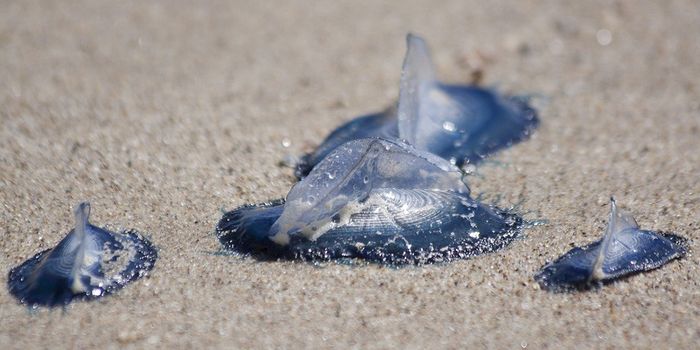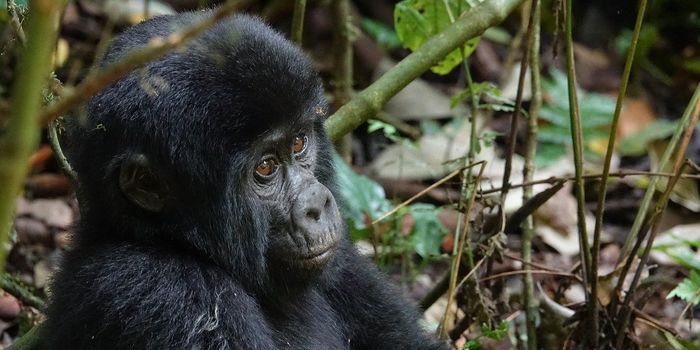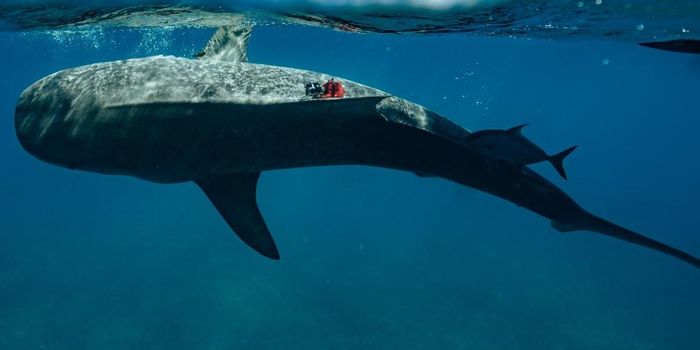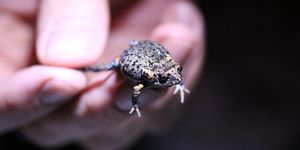Pesticides are man-made chemicals we use to control insects, fungi, and other pests that might negatively affect food crop growth. There are currently 5 billion pounds of pesticides sprayed onto crops around the globe. Do we really need this much protection for our plants at the expense of our own health and that of the environment?
Pest control has been used by humans since the birth of food crops. Some of the first pest control methods included burning crops after a harvest to kill any unwanted bugs before replanting and using one insect species to protect plants from other bugs. People also used to use arsenic, copper and lead on plants to rid them of harmful pests, that is, until it was discovered that these elements were toxic to people and the surrounding environment.
In the mid-1900s, chemical pesticides such as DDT were developed that seemed to do the job and be safe for consumption. Unfortunately, while these chemicals were great at plant protection, it was soon discovered that they were detrimental to human health and to the environment. One large issue that resulted from chemical pesticides was rapid species evolution. Bugs became pesticide resistant super bugs like the Colorado potato beetle.
Now, we are looking into alternate methods of pest control that we know will be safe for us and the environment. These include using one insect to kill other harmful insects, applying safe fungus to plants to protect from pests, and using drones to target spraying pesticides to specific areas. These successful methods offer encouragement to continue looking into alternatives to chemicals to keep us and our environment safe.








